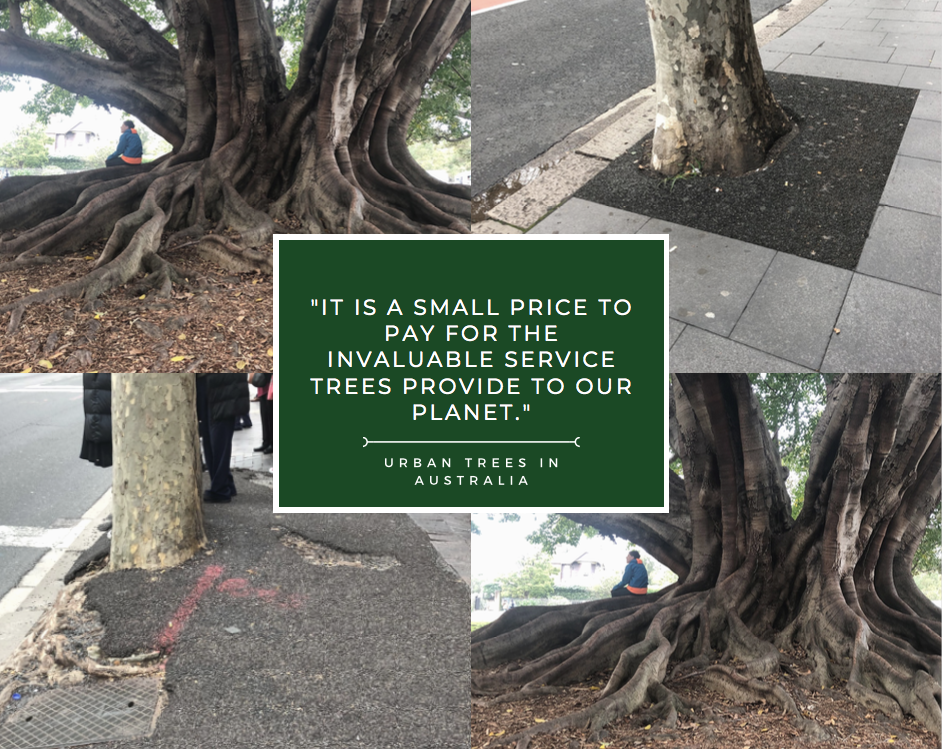Urban Trees in Australia
Its holiday in Australia, wandering the streets of Sydney, it struck me how much we take for granted the trees which line the streets of our UK cities


Currently on holiday in Australia, wandering the streets of Sydney, it struck me how much we take for granted the trees which line the streets of our UK cities.
There are some spectacular specimens to be found on many London streets for example and Sydney Australia is no exception.
There are the familiar London Plane trees (Platanus × acerifolia) and also the most unusual and stunning Fig trees (Ficus virens, below) with their huge, “Lord of the Rings” style buttress trunks and snake like root system above ground.

Trees are an important urban asset providing environmental, aesthetic, cultural and economic benefits.
They contrast with the buildings that dominate most city streets, soften traffic noise, screen unwanted views, reduce glare and shade us during warmer weather.
Air quality is improved through photosynthesis where trees absorb carbon dioxide, store it and then return oxygen to the atmosphere. Trees reduce air pollution trapping airborne particles, dust and the toxins that mostly come from diesel exhausts.
After rainfall trees also filter toxins from the first flush of stormwater run-off, improving our water quality while tree roots keep the soil porous allowing stormwater absorption rather than draining into the sewers or water courses.
Shade from trees reduces the need for air-conditioning in summer and reduce urban heat island effect, where temperatures stay warmer longer due to the many heat absorbent surfaces in cities such as roads, footpaths and buildings.
However, to some the tree is viewed as a problem. A menace to our pavements from their roots which damage tarmac and paved footpaths and cause a maintenance headache.
Not so it would seem for the Aussies, who appear to embrace their trees and realise their importance. Indeed, whilst walking down Elizabeth Street from Sydney Harbour towards Hyde Park (don’t you just love the colonial names) I noticed the clever way the Australian’s are dealing with the “problem” of root damage.
Most are located within an area of flexible rubber surface, the same as the surfacing in many of our children’s playgrounds, which is able to move with the slow expansion of the trunk and roots. Many trees are given a generous tree pit area in which to expand.
Who cares if the ground ends up a bit humpy bumpy? Small price to pay for the invaluable service trees provide to our planet.
Keeping up to date
To keep up to date with Encon News, keep checking in to our 'News Page' on the Encon Associates website, or keep up to date with our social media pages where we will be sending reminders to all of our followers.